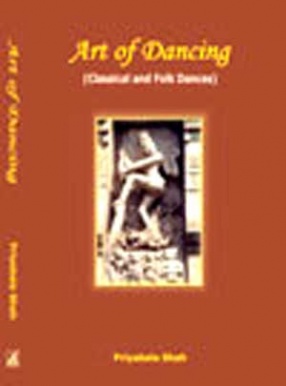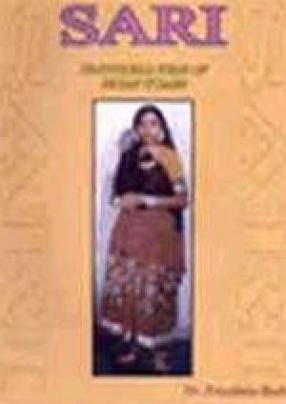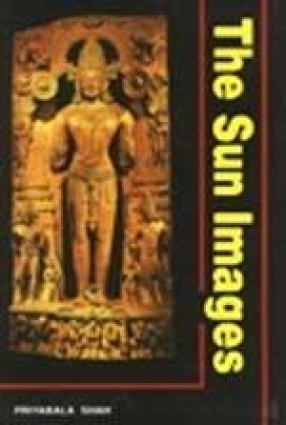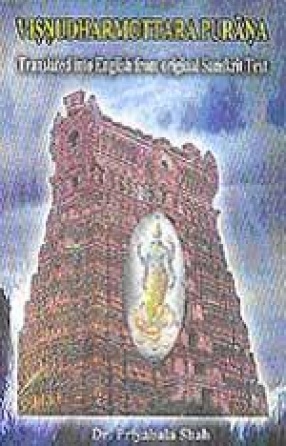
Showing all 5 books





Dance is defined as the rhythmic physical movement prompted by feelings and emotions. The rhythmie movement may be of any or all parts of the body in accordance to some scheme. Every beast and human being dances to express the innermost passions.But dance as an art came into existence with the growth of human society and civilisation. We find a detailed account of this art in several old Sanskrit works- Abhinaya Darpana, Bharata’s Natyashastra, ...

The climate of a country plays a vital role at least in the nature and mode of wearing costume. But the nature and mode of wearing clothes are governed not only by the climate, but also by the natural resources available in that particular country. The present work is intended to give an account of the “Traditional wear of Indian womenâ€, Sari’ as far as possible. But the history of Indian costume is laconic. There are long periods for which next to nothing ...


The Sun-God who was popular in the Vedic age continued to be worshipped even in the post Vedic period. The cult of Sun is said to have been imported by Samba from the Sakadvipa. The epics and the Puranas including Mahatmyas contain many references to the spread of the Sun-cult in Gujarat as well as in north and south India. The old inscriptions alluded to a number of Sun-temples, the period of which ranges from the fifth century A.D. onwards. The archaeological ...

The Visnudharmottara Purana is an encyclopaedic work consisting of three khandas and dealing not only with various stories, myths and legends but also with varied subjects, viz cosmology and cosmogony, geography, astronomy and astrology, division of time, pacification of unfavourable planets and stares, omens and portents, genealogies, manners and customs, penances, results of actions, rules about vrata and Sraddha, description and praise of various kinds of ...
